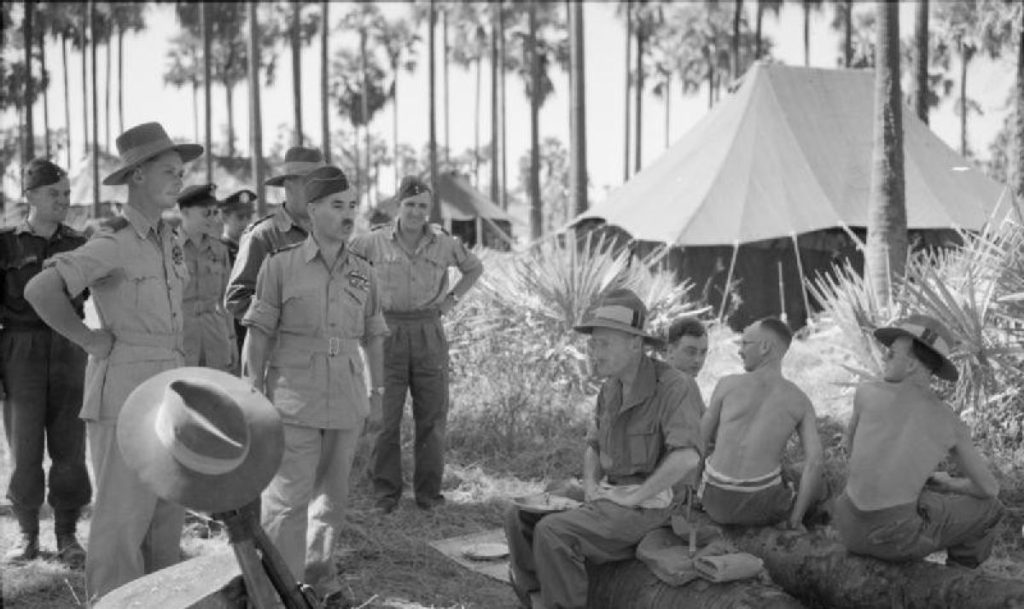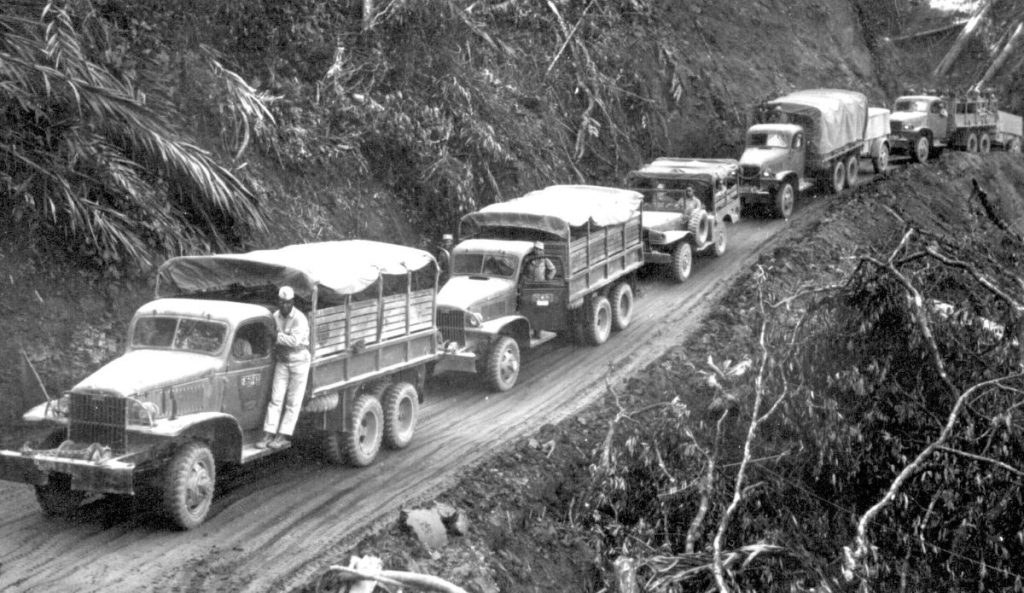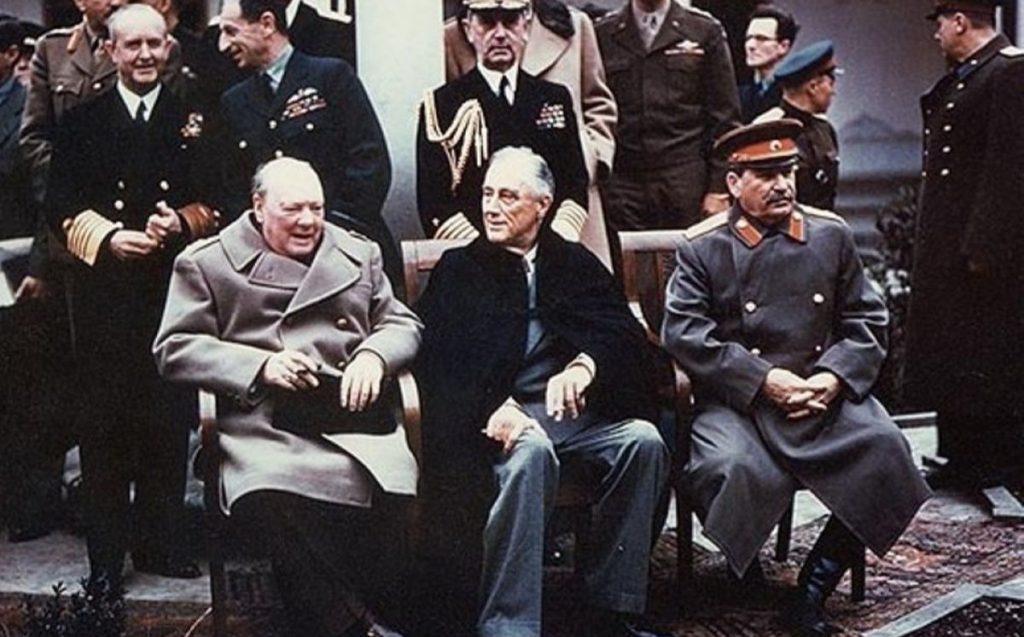The Allied troops of the Burma Campaign were long ignored, even by Churchill himself.
Others are reading now
The Allied troops of the Burma Campaign were long ignored, even by Churchill himself.

They fought in brutal jungles, far from the European theatre and won. Yet the Allied troops of the Burma Campaign were long ignored, even by Churchill himself.
Overshadowed by D-Day and Hiroshima, the war in Burma is often dismissed as a sideshow.
But the men of the so-called Forgotten Army helped turn the tide against Japan, and their story is one of resilience, transformation, and strategic importance.
Also read
Churchill’s Neglect and the “Forgotten” Label

The Burma Campaign never received the recognition it deserved in official Allied histories.
Churchill, in his sweeping volumes on the Second World War, gave only cursory mention to critical battles like Kohima and Imphal, the turning point that halted Japan’s push into India.
Even the 14th Army, which carried the campaign, went unnamed. The soldiers themselves adopted the “Forgotten Army” label as a badge of quiet defiance.
‘Uncle Bill’ Slim: The Overlooked Genius

Lieutenant General William “Uncle Bill” Slim, commander of the 14th Army, was instrumental in turning the tide.
A master of retreat, defence, and pursuit, Slim reshaped the Allied presence in India and Burma.
Despite his crucial role, Slim went unmentioned in Churchill’s official account, a striking omission, given that under his leadership the Allies secured major victories in 1944 and 1945.
A Massive, Multi-National Effort

By 1945, the South East Asia Command included over 1.3 million personnel, including nearly 300,000 Americans.
It was the largest Commonwealth force ever assembled.
Yet political caution kept the British government from publicly celebrating the campaign’s success, fearing American disapproval over colonial India.
Strategic Value Beyond the Headlines

Though the Pacific war ended with atomic bombs, the Burma Campaign played a crucial supporting role.
It helped keep China in the war and made India a central hub for Allied operations, including the historic aerial supply missions over “The Hump” into China.
Between 1942 and 1945, 650,000 tons of supplies were airlifted — a logistical feat unmatched in history.
Defending India, Defeating Japan

Burma was vital to Japan’s war plans. It shielded the rich resources of Malaya and the Dutch East Indies.
The Japanese Burma Area Army, over 300,000 strong, posed a constant threat to India through Operations Ha-Go and U-Go in 1944.
A predominantly Indian army stopped the Japanese advance and reclaimed Burma, proving its growing strength and strategic depth.
Crushing Japanese Forces in Asia

The Burma front witnessed some of the worst Japanese defeats in the entire war. Between March 1944 and May 1945, Japan lost over 185,000 men in Burma, thirteen times the Allied losses.
These defeats dismantled Japan’s military image, showing the world that their ground forces were not invincible, and breaking the myth of their strategic dominance.
India’s Military Awakening

The war transformed the Indian Army from a colonial force into a powerful national institution.
By 1945, India had provided 2.5 million troops and become a major supplier of war materials.
This shift laid the groundwork for independence, allowing post-partition India to inherit a capable, battle-hardened army with its own heroic legacy, one rooted in the jungles of Burma.


